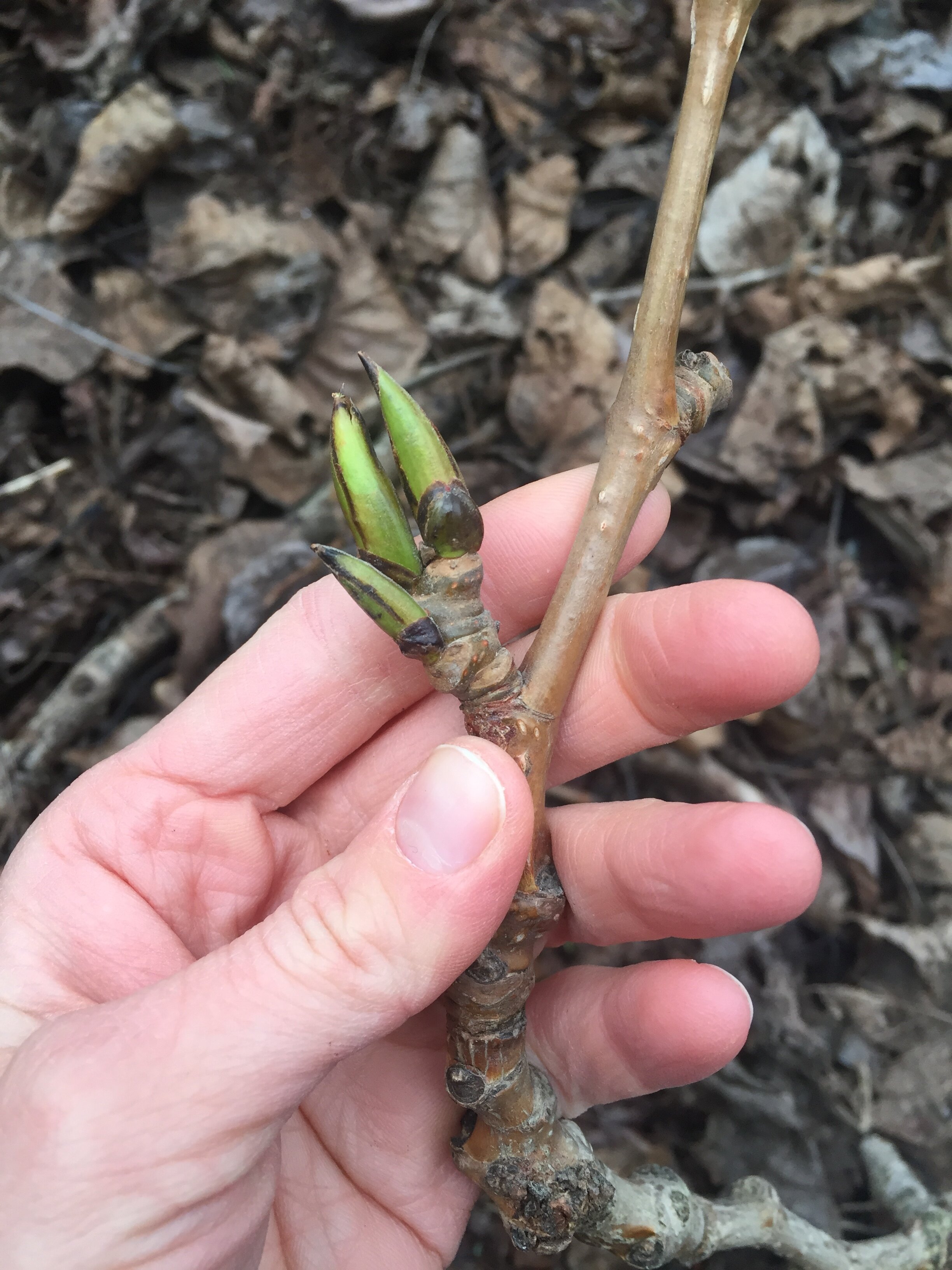The wind storm a few weeks ago reminded me to check on the poplars. The tall brittle branches snap in the wind, offering the resinous buds to the ground after a storm. I haven’t harvested this medicine in a few seasons but have been feeling called to spend more time with trees as of late. Their way of adapting to storms is a good reminder for us of staying grounded, transforming chaotic energy into renewal, and not resisting what wants to bend and break. This tree has helped heal my strained relationship with the wind. What used to be a source of dread and annoyance is now an appreciation of wind pollination and welcoming back of this seasonal treat.
The spring time buds have a resin that has been used for hundreds of years by bees and people alike. Balsam resin is commonly collected by bees and turned into antiviral/microbial propolis used for water proofing/sealing the cracks in the hive (and often thieved by humans for its therapeutic properties). Poplar resin has been used for centuries in balm of gilead - a recipe for medicinal perfume that dates back to biblical times. An infused oil or salve can be made for aches and skin conditions. Or buds can be extracted into an alcohol tincture for immune support or a medicinal throat/mouth wash.
Two ways I have used poplar buds this year are an infused honey for immune support and infused oil to mix into magnesium rich baths salts for added muscle relief.
Poplars are part of the willow family and grow in similar wetland habitats. You can find them growing near streams, rivers and marshes. The optimal buds for harvesting are fragrant, sticky and resinous with a brownish red color. As mentioned before, its best to harvest after a wind storm when the buds are scattered on the forest floor, rather than taking them from live branches.


